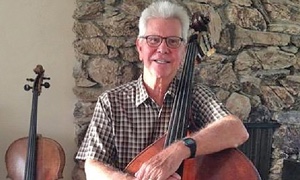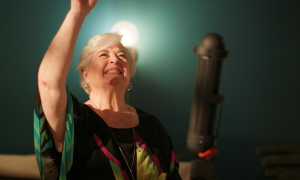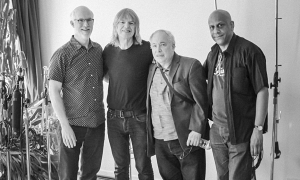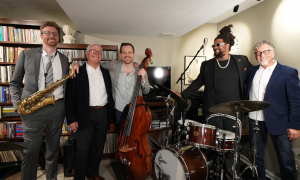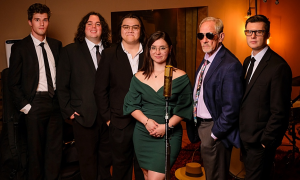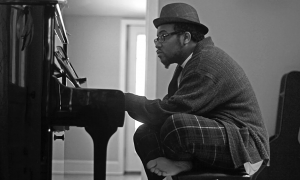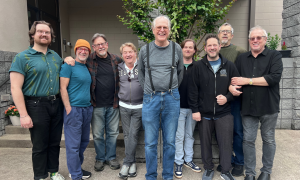But it wasn't long before Mingus was fronting his own band. His first record date as leader came in late 1945, heading up an r&b group. By January 1946, Mingus was leading an even more ambitious ensemble that included Henry Coker, Willie Smith, Lucky Thompson and Lee Young. By April 1946, Mingus' promise was evident, appearing on record labels as “Baron" Mingus. The name was bestowed on him by War Perkins, a popular L.A. promoter and producer who owned a record store on Central Avenue. Perkins' aim with the name was to provide Mingus with a touch of royalty, in the spirit of Count Basie and Duke Ellington.
All of Mingus' early leadership dates have been meticulously remastered on a CD called Charles “Baron" Mingus: West Coast 1945-49 (Uptown). The set was released in 2000 but has been largely overlooked. The CD's appeal is two-fold: For one, the 24 tracks give you a feel for the Los Angeles jazz scene before Charlie Parker's influence was felt more broadly there in 1947. For another, you get to hear what a powerhouse player Mingus was virtually from the start.
Recalls saxophonist Jackie Kelso in the CD's exhaustive liner notes written by producer Bob Sunenblick:
“Mingus didn't join the service. He stayed in L.A. Before the war, he was just another bass player. But during the war, he was first call and playing everywhere. He got his act together. When I got out of the service in December 1945, he had grown by leaps and bounds. Mingus was a monster."
A monster may be an understatement. In addition to his handiwork on virtually every track, we hear Mingus' earliest Ellington-influenced composition, This Subdues My Passion (1946), as well as a spirited pieces such as Mingus Fingers (1947), These Foolish Things (1948) and Lyon's Roar (1949), with Herb Caro on baritone sax. The sound of Mingus' bass here is heart-stopping. The way the strings are pulled and reverberate, you'd think the player had hands the size of elephant ears, and the power hits you behind the eye sockets.
There's also my favorite--"Baron" Mingus and His Symphonic Airs playing The Story of Love (1949), a precursor to Mingus' expansive, ever-shifting orchestral works of the 1950s.
By late 1949, Mingus' creative reputation and larger-than-life persona was established. He'd soon join Norvo and Farlow [pictured] in Hollywood and then move to New York in 1951 where he'd create an enormous name for himself from the moment he arrived. But on these recordings between 1945 and 1949, you literally hear Mingus grow large from recording to recording. It's hard to imagine how the 78-rpm ever contained Mingus' bounty of ideas.
JazzWax tracks: Charles “Baron" Mingus: West Coast 1945-49 (Uptown) is available at iTunes or at Amazon here. I advise buying the CD for the 95-page book of detailed liner notes that accompanies the disc.
JazzWax clip: To give you a sense of Mingus' finger power, dig this...
This story appears courtesy of JazzWax by Marc Myers.
Copyright © 2025. All rights reserved.










